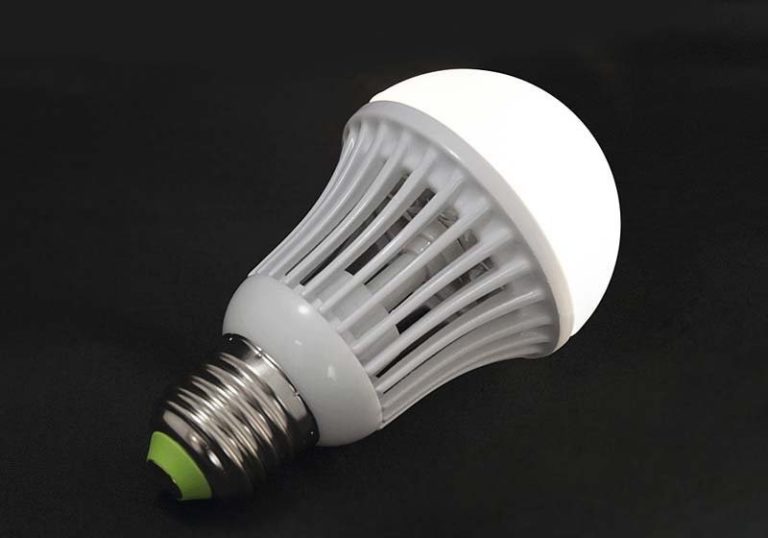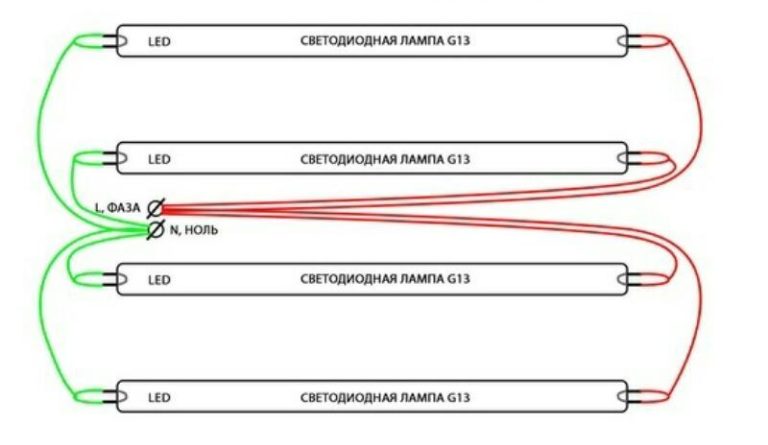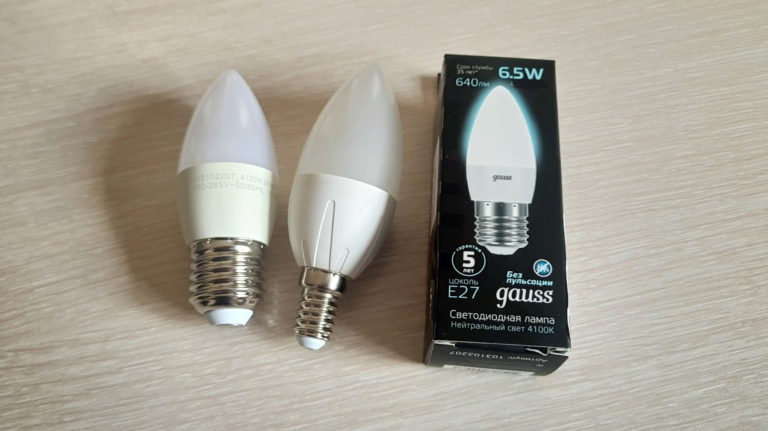Table of equivalence of LED bulbs and incandescent bulbs
Power of an electric lamp is one of its most important characteristics. However, there is a certain amount of confusion on this issue, created not without the participation of marketers.
Correspondence of the power of LED lamps and incandescent lamps
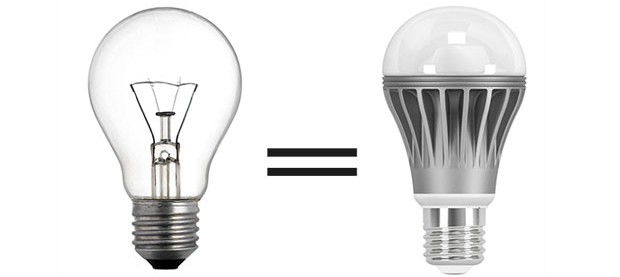
Over many years of using incandescent light bulbs, most people have become accustomed to a direct association between the luminous flux created by a luminaire and its power consumption from the mains. With the advent of new devices capable of turning electric current into radiation more efficiently, the established associations have been broken. In order to promote the product, for marketing purposes, the so-called equivalent wattage is written in large letters on the packaging of lamps.
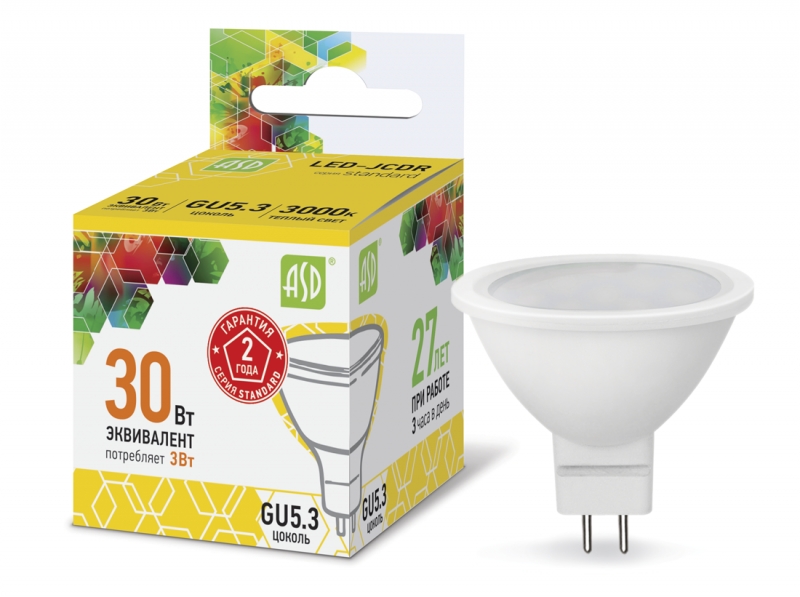
This value corresponds to the power of an incandescent lamp, which replaces the LED lamp at the same luminous flux. At the same time from the mains LED-light consumes much less due to the higher efficiency. To make it easy to translate "LED" watts into "traditional", here is a table of correspondence between different types of lighting fixtures.
| Power consumption of an LED lamp | Power consumption of a lamp with an incandescent filament equivalent in luminous flux |
| 2-3 | 20 |
| 3-4 | 40 |
| 8-10 | 60 |
| 10-12 | 75 |
| 12-15 | 100 |
| 18-20 | 150 |
| 25-30 | 25-30 |
It is obvious that LED lighting fixtures have energy efficiency higher than traditional light sources. But it is necessary to take into account in the above figures and the advertising component - to check the actual luminous flux can not be without special devices.
Comparison of technical characteristics
To compare the parameters of different types of lighting devices, it is convenient to bring them together in a table. It shows the required electrical power of LED and other lamps to create a certain luminous flux.
| Incandescent | LED* | Energy-saving* | |
| Operating life, hours | 1000 | 50000 | at least 20000 |
| Operating temperature, deg. | above 150 | Up to 75 | over 100 |
| Created luminous flux, lm | Power consumed from the network, W | ||
| 200 | 20 | 2 | 6 |
| 400 | 40 | 4 | 12 |
| 700 | 60 | 9 | 15 |
| 900 | 75 | 10 | 19 |
| 1200 | 100 | 12 | 30 |
| 1800 | 150 | 19 | 45 |
| 2500 | 200 | 30 | 70 |
* - are averaged values, the actual power may vary depending on the manufacturing technology used.
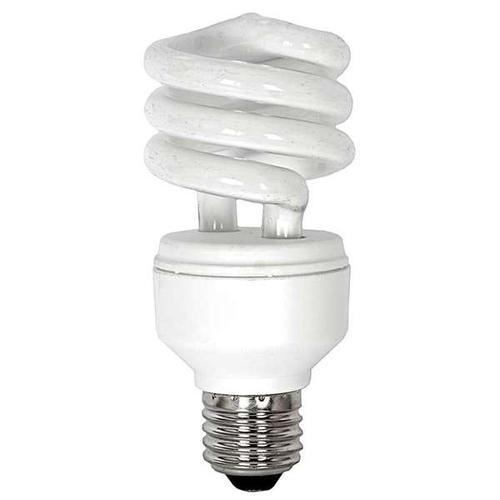
From the table as a result of a comparison of parameters even more clearly shows that LED lighting has no competition from incandescent and energy-saving lamps. The ability of LEDs is better than other devices to convert electricity into luminous flux is beyond doubt.
How long will it take to pay off the LED lamps
LED lights are more expensive than conventional filament bulbs. But they consume less electricity. When planning to replace conventional light bulbs with LEDs, the consumer is interested in how profitable it is. To calculate the payback time, the following input data will be needed:
- power consumption of the incandescent lamp P1, W;
- cost of incandescent bulb S1, rub;
- power consumption of LED device with the same luminous flux Pled, W;
- the cost of the LED-lighting Sled, rubles;
- the cost of a kilowatt-hour for the population Se,$
For 1 hour of operation the benefit will be the difference in electricity consumption multiplied by the cost:
N=(P1-Pled)*Se/1000 (conversion from kilowatts to watts is taken into account).
This is the benefit you can get for 1 hour of operation. Difference in cost of appliances:
D=Sled-S1.
Per hour the percentage payback will be:
J=(N/D)*100 =100* ((P1-Pled)*Se)/( Sled-S1).
And the total payback time in hours will be:
T=100/J=100/(100* ((P1-Pled)*Se)/( Sled-S1)) = ( Sled-S1)/((P1-Pled)*Se).
Obviously, the payback time is shorter the smaller the difference between the cost of lighting devices, the greater the difference between the energy consumption and the higher the cost of electricity.
For example, we have to ask the typical data:
- The power of a normal lamp - 100 watts;
- its cost - 15 rubles;
- Power consumption of LED-lighting - 12 W;
- the cost of the LED device - the equivalent of 100 watts - 200 rubles;
- typical cost of a kilowatt-hour for the population (depends on the region) - $0.1.
Savings per hour will be (100 W-12 W)*3,5/1000=0,003.
The difference in the cost of the illuminators is 200 rubles - 15 rubles = $ 2.
Per hour, the LED-lighting "works off" (0,308/185)*100=0.16% of the increased cost, and the full payback time will be 625 hours. Then the LED lamp begins to make a profit.
The calculation in hours is not very interesting for the consumer, much more informative data in days or months. To do this, you need to know how many hours the lamp burns per day. In summer, this figure is less, hardly more than 1 hour. In winter, lighting in apartments can burn for 5-6 hours. If you take the average figure of 4 hours, then it turns out that the LED will pay for itself in 156 days or about half a year (a little faster in winter, a little slower in summer).
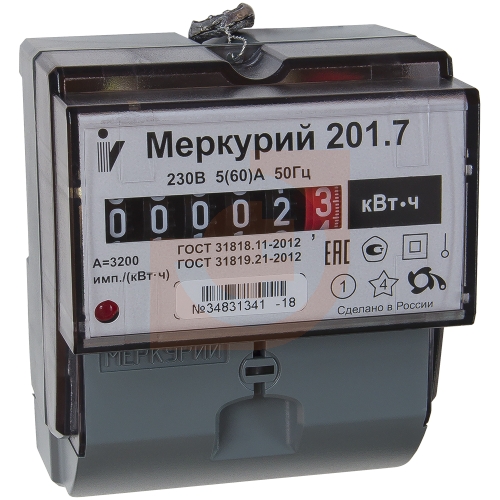
Important! The cost of electricity for industrial enterprises is two or more times higher than for the population (the exact figures vary from region to region). It should be taken into account that lighting in this case can be used much longer - all working day, and sometimes around the clock (for example, in a garage that has no windows). On this basis, in production LED lights pay for themselves in half the time only due to the power supply, that is, a 100-watt lamp will work out the cost in three months. Given the increased duration of operation during the day, this period can be much shorter.
One more point. LED lighting has a longer service life. Claimed life of LEDs in 30,000 hours based on experience of operation do not inspire confidence, but even with a cautious figure of exceeding the life of the LED elements over conventional in 2 times, this side in the medium term will provide additional savings.
Conclusion
LED lighting systems are rapidly displacing incandescent and energy-saving elements from the market. The economic component in the operation of LEDs outweighs even the higher investment cost due to low energy consumption and long service life. Payback period of new lamps is a few months, in addition, the prices of LED lamps are constantly falling with the development of technology. This makes the payback period even shorter.
Energy-saving lamps have lost out to the competition because of their low environmental impact and difficulty with disposal. In the coming years, we can expect LEDs to completely dominate the lighting market.
